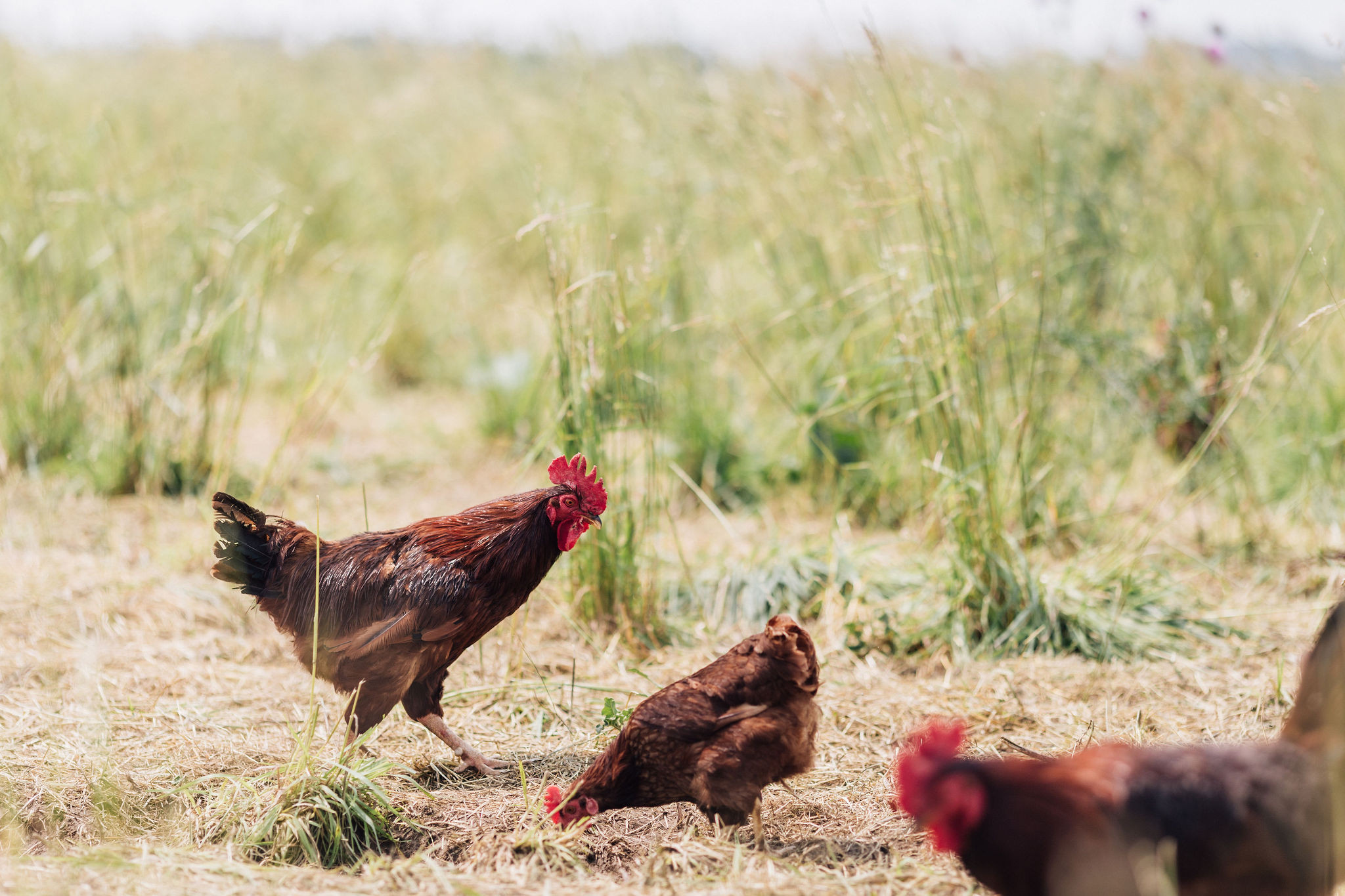The surmountable struggle for USDA certified meat
posted on
April 5, 2019
If you are an active member with us, you may have noticed that many of our meat products disappeared in the past month. What’s up with that? Let me explain.
The farmer has been under intense scrutiny recently, and one of the agencies looking into his practices is the USDA. The farmer’s ethical and regenerative farming practices are certainly on point, but the USDA had concern with his meat processors.
You see, as a farmer, you have a good amount of freedom in regard to how you choose to raise your animals. You can choose a natural vs. conventional diet, pasture-raised vs. confined feeding operation, antibiotics vs. homeopathic treatments, and so on.
However, when it comes to processing meat, the USDA is strict.
All of the farmer’s meat products were processed in USDA facilities. However, some of these facilities were not certified for sales across state lines. The farmer is changing that part of his business model.
The farmer has removed all meat products that are not USDA certified for sale across state lines. And, he is switching to processors that are USDA certified for sale across state lines.
Sounds simple, right? Nope.
First, you need to find a small batch USDA processor.
A grand majority of USDA processors are directly aligned with large farming operations. They do not accept small batch animals from small farmers. And, different processors only process certain animals. There are few options for small farmers in regard to USDA.
I should also note that becoming a USDA processor is a costly and time consuming process with lots of paperwork. You need maps, water tests, marketing plans, disposal procedures, town approval, logbooks for everything, product labels, and so on. Everything needs to be approved and inspected. It’s not practical for small-scale operations, except those committed to providing access to real food... and staying in business.
Luckily, our farmer has found smaller local processors who are USDA certified for sales across state lines.
Then, the farmer needs to make sure the processor aligns with (or is willing to accommodate) his real food values.
A processor needs to submit a plan that aligns with the regulations put in place by the Hazard Analysis and Critical Control Point (HACCP) Working Group. These regulations are designed to reduce dangerous pathogens, reduce food-borne illness, and modernize meat and poultry production.
So, let’s say a processor adds ingredients to meat to make products like sausage or bacon. Those recipes would need to be approved as part of a HACCP plan. So, to avoid questionable and synthetic ingredients like phosphates, nitrates/nitrites, natural flavors, and refinery syrup, a farmer needs to find a processor willing to have natural recipes approved (or willing to use spices provided by the farmer).
So now, the farmer has found his processors. It’s time to iron out the details.
As with embarking on any new endeavor, there will be bumps in the road. For the next few months, the farmer will be working closely with his processors. He needs to ensure they meet his high standards for natural food production as well as having those HACCP plans USDA approved.
You may notice some changes, but please know that these changes are temporary. As always, the farmer strives to provide you the healthiest, most nutrient-dense, most synthetic-free products possible.
The moral of the story is that nothing is impossible. Albeit challenging, it is possible to work within the government regulations to provide junk-free food to consumers.
So, when is more meat coming back in stock? Here’s what to expect.
Grass-fed Beef - Very soon
Pastured Pork - May 1st
Pastured Poultry - May 15th
Pastured Lamb - July 20th
Pastured Goat - November 30th
The struggle for real food is undoubtedly real. Thanks so much for your ongoing support, especially as the farmer makes this important transition.




